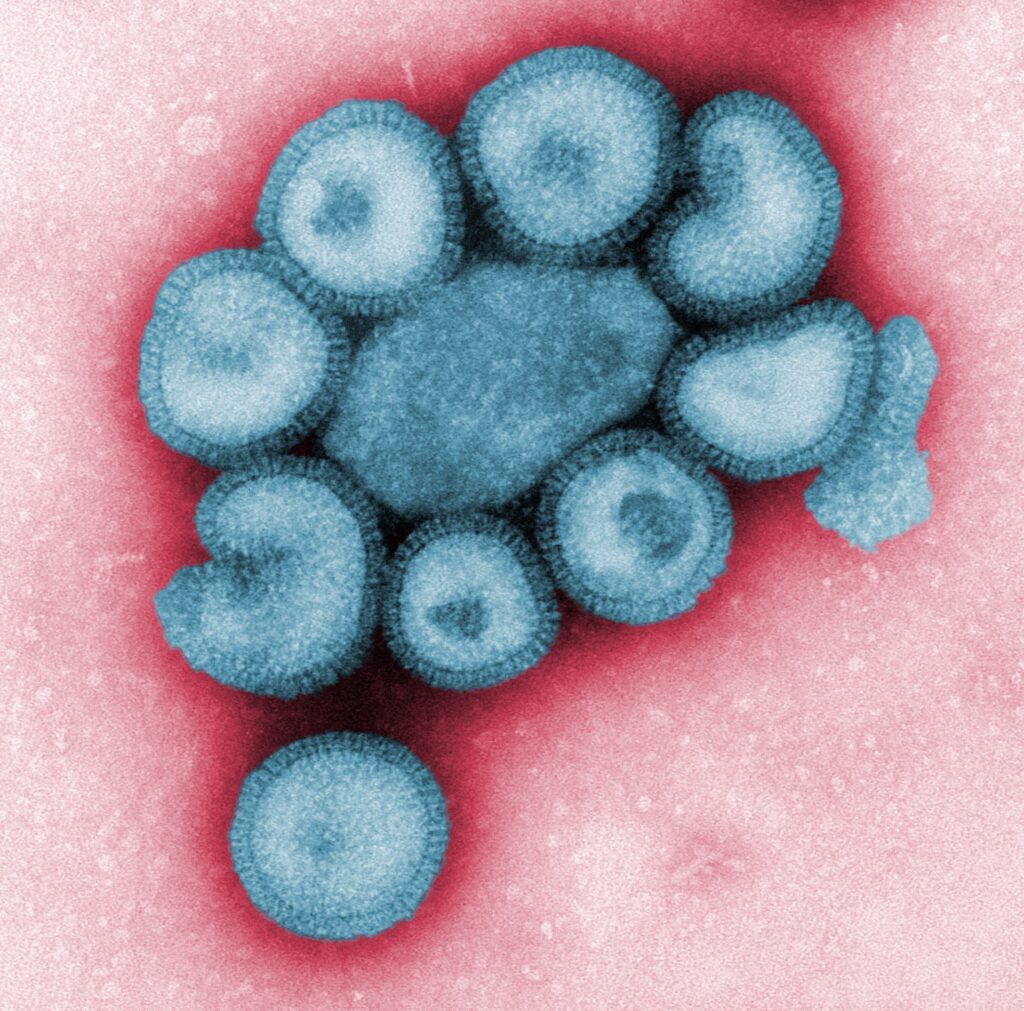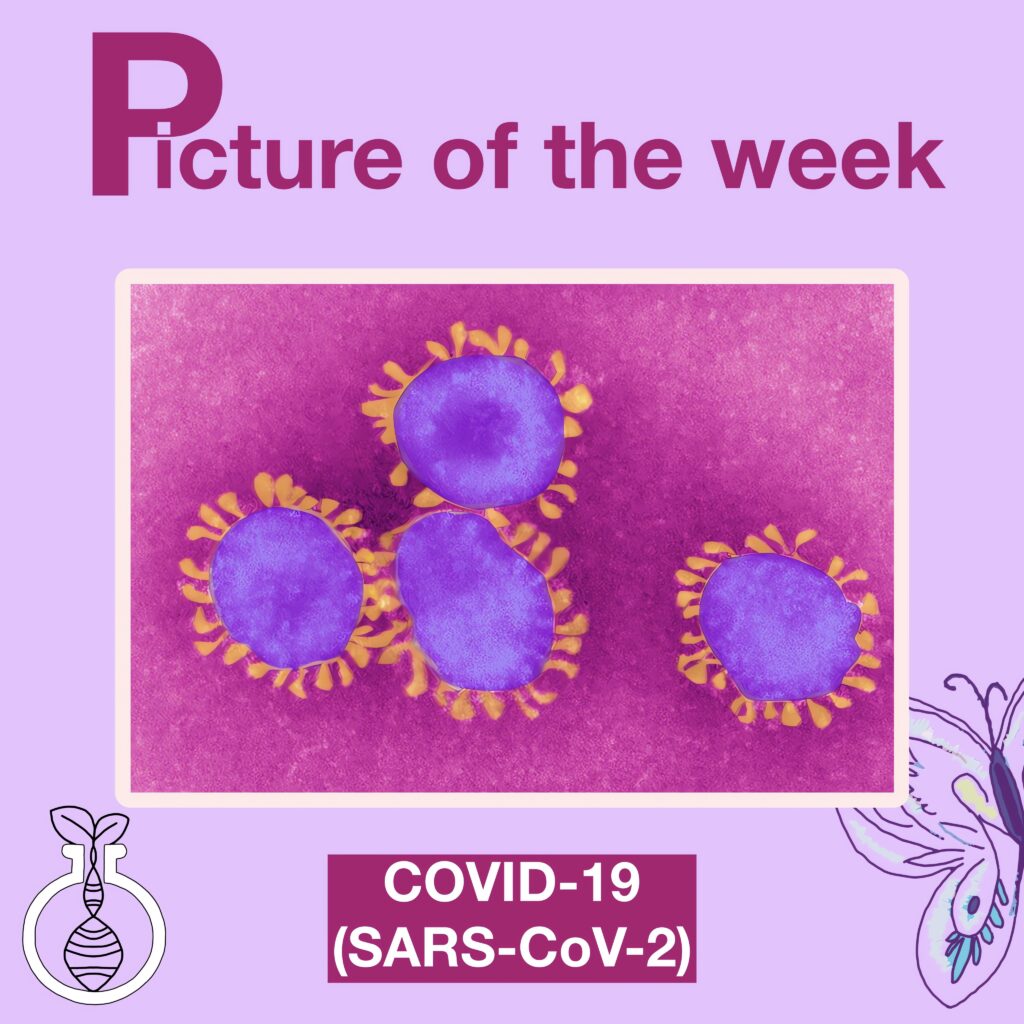The flu is not only an infection that affects millions of people every year, but also a global health threat. Influenza has a wide range of worldwide impacts, from seasonal outbreaks to pandemics. So, how dangerous can this virus be? If you see influenza as a disorder that lasts only a few days, it’s time to get to know it a little better!
The Complex Structure of The Virus: Let’s Get To Know The Influenza
Influenza is an RNA-based virus belonging to the Orthomyxoviridae family. That is, the structure of the virus, its genetic material and its proteins are constantly changing, making it a constantly evolving threat. Hemagglutinin (HA) and neuraminidase (NA) proteins allow the virus to enter cells and facilitate the release of new viruses. All this process increases the infectiousness of the virus, while causing it to become more dangerous thanks to mutations.
The virus causes pandemics with influenza A type. This virus, which causes major pandemics such as the 1918 Spanish flu, has zoonotic properties that can pass from animals to humans. That is, not only us, but animals can also be the target of the virus. Therefore, influenza poses a global threat.


Treatment Methods and Resistance Problem
Preventing and treating the flu is not always easy. Antiviral drugs are used to prevent the virus from multiplying. Drugs such as oseltamivir (Tamiflu) and zanamivir try to prevent the virus from spreading in the body. However, rapidly developing resistance to these drugs creates a serious problem.
In particular, the H274Y mutation leads to the development of resistance of influenza A virus to oseltamivir. This makes the treatment process difficult and creates important obstacles in the fight against the flu virus. However, old treatment methods, such as M2 ion channel inhibitors, have also lost their effect.
Flu viruses are just like roommates — they never stop partying in your body and polluting it, and as soon as you think you can boot these nasty guys out of the house with a drug like oseltamivir, they just change the door-lock with a bit of genetic mutation called H274Y. It is without doubt that these ones are the ultimate chronic freeloaders!


New Research: Natural Solutions and Innovation
However, things are not completely dark. In recent years, new approaches to influenza treatment have been developed. Monoclonal antibodies offer a promising solution to prevent the virus from entering cells. In addition, drugs such as DAS181 target receptors on the host cell surface to prevent the virus from binding. Such treatment approaches may play an important role in the fight against the flu virus in the future.
And what about nature? Yes, nature can also help us. Polyphenols and flavonoids are antiviral compounds derived from natural sources, and these substances can help prevent the virus from multiplying. In addition, probiotics are also being investigated to strengthen the immune system. Probiotics such as Bifidobacterium bifidum can reduce the effect of infections such as flu and strengthen the immune system.


There is Hope in the Flu War
The influenza virus attracts the attention of health professionals and scientists with its biological complexity and mutation ability. Despite challenges such as vaccine incompatibility and drug resistance, the scientific community continues to develop new strategies to control the flu virus.
Treatment methods such as natural resources, new drugs and monoclonal antibodies may allow us to fight future flu outbreaks more effectively. Because in this battle, the best defence is to have a strong immunity and the right treatment methods. That’s why protecting from the flu and strengthening your immunity will be the smartest strategy!
We got inspired by those articles to create this content




Hello! I am Melis Esma Demirbilek, a 3rd year student at Biruni University, Department of Molecular Biology and Genetics. My passion for scientific research and curiosity about biology led me to both academic and social projects. I am currently working as a writer on the Biologyto page, producing current and interesting content about biology. My future goal is to create both academic and social benefit by contributing to scientific studies.





